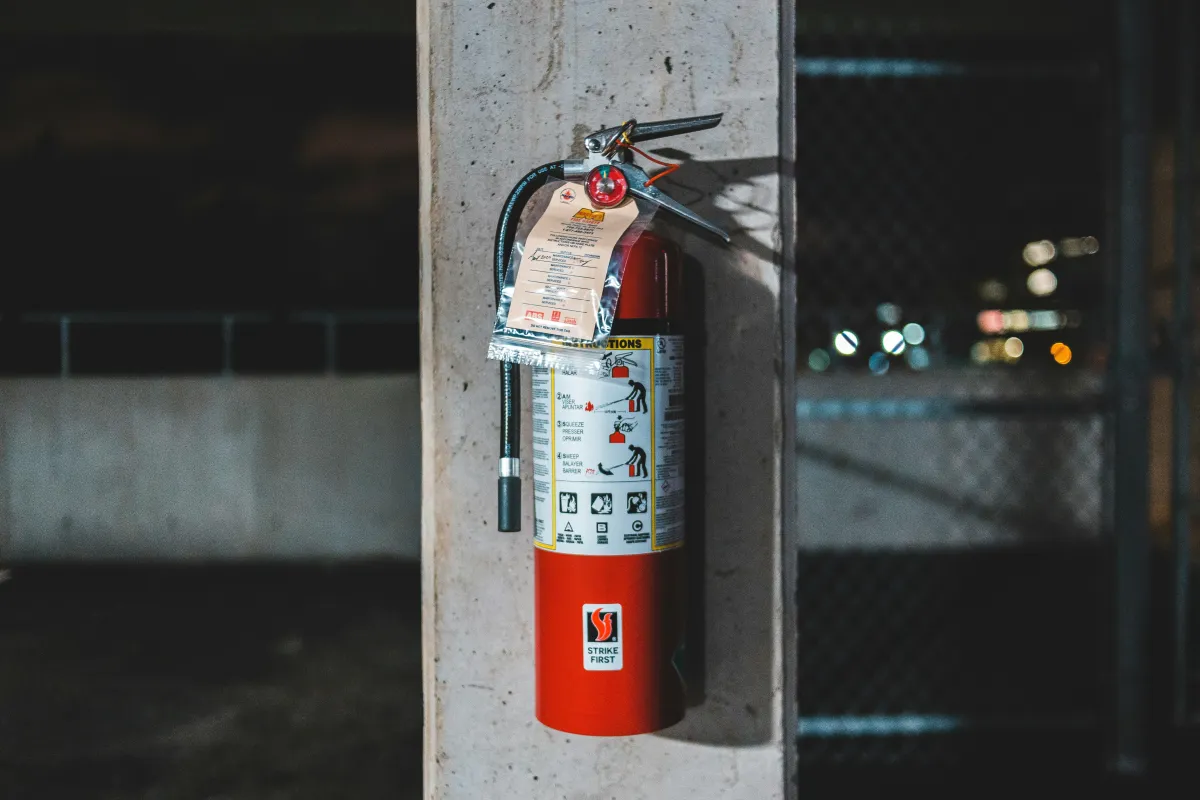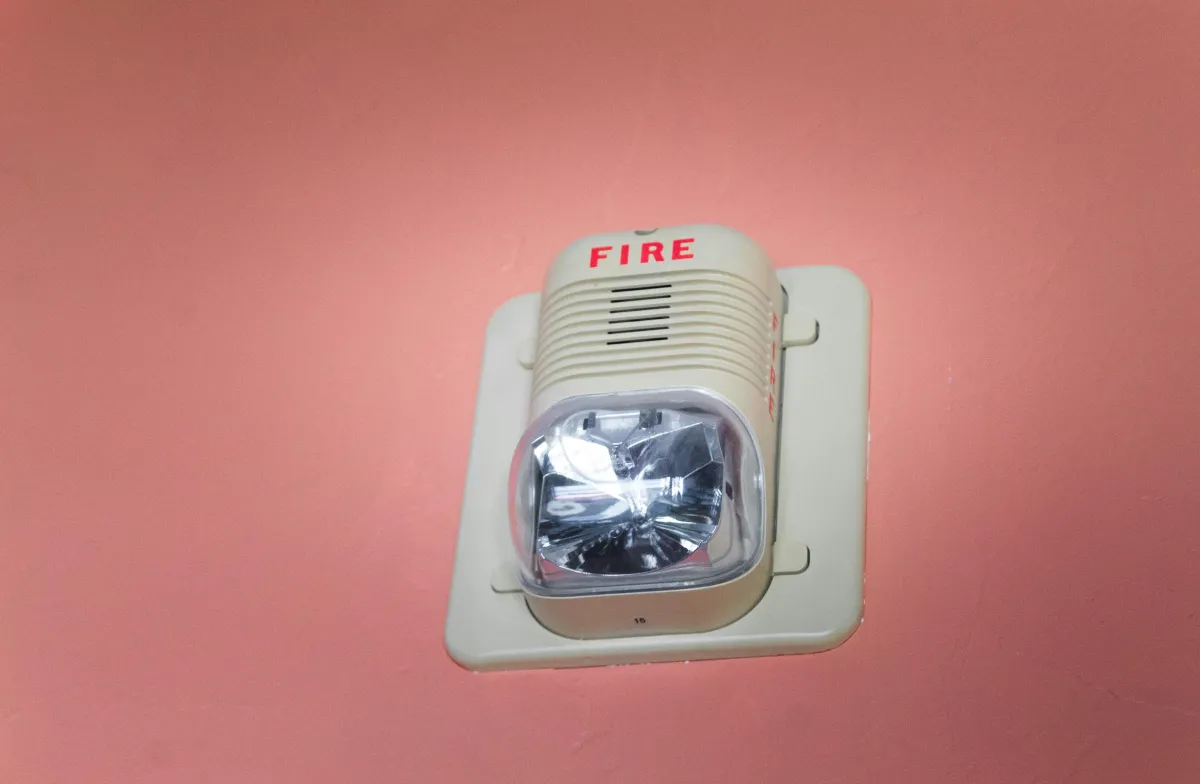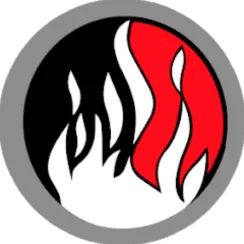Fire Code Compliance Guide
Your Roadmap to Fire Safety Compliance
Fire Safety Solutions, Inc. helps businesses across Greater Dallas–Fort Worth understand, achieve, and maintain full fire and life safety compliance.
What is Fire Code Compliance?
Fire code compliance means meeting legal requirements set by the NFPA, IFC, OSHA, and your local AHJ to ensure effective fire detection, suppression, and evacuation capabilities.
The 4 Pillars of Fire Safety Compliance
1. Fire Detection
- Alarm panels, detectors, pull stations, mass notification
- Annual inspection and maintenance required
2. Fire Suppression
3. Fire Extinguishment
- Portable extinguishers properly placed and maintained
- Monthly checks and annual servicing per NFPA 10
4. Safe Evacuation
- Exit signage and emergency lighting
- Monthly tests and clear pathways
Common Areas of Non-Compliance
- Expired fire extinguishers
- Missed system inspections
- Blocked exits
- Dead emergency lighting batteries
- Missing documentation
How to Stay Fire Code Compliant
1. Keep Regular Inspection Schedules
Stay proactive. Schedule fire alarm, sprinkler, extinguisher, and suppression inspections at required intervals using platforms like BuildingReports.com.
2. Maintain Accurate Documentation
Store inspection, maintenance, and repair records securely for fire marshal and insurance audits.
3. Address Deficiencies Immediately
Repair or replace non-compliant devices promptly and document corrections for compliance proof.
4. Train Your Staff
Ensure staff know evacuation routes, extinguisher use basics, and emergency reporting protocols.
5. Review Changes or Renovations
Always assess how facility changes affect fire protection systems and code requirements.
Building Types and Their Compliance Challenges
- Commercial Offices: Renovation impacts on sprinklers
- Industrial Plants: Special hazard protection needs
- Restaurants: Kitchen hood system maintenance
- Healthcare: Emergency lighting and evacuation
- Schools: Annual drills and inspection updates
- Government Facilities: Dual-system redundancy
- Property Management: Managing multi-tenant spaces
Critical Fire Codes and Standards to Know
- NFPA 10 – Fire Extinguishers
- NFPA 13 – Sprinkler Systems
- NFPA 25 – Water-Based System Maintenance
- NFPA 72 – Fire Alarm and Signaling
- NFPA 96 – Kitchen Hood Systems
- NFPA 101 – Life Safety Code
- NFPA 2001 – Clean Agent Systems
- OSHA 1910 – General Fire Safety
What Fire Safety Solutions, Inc. Provides
- Full fire protection system inspections
- Digital inspection reporting with BuildingReports
- Code deficiency repairs
- Preventive maintenance programs
- Fire system consulting and upgrades
The Cost of Non-Compliance
Non-compliance risks include costly fines, increased insurance costs, operational shutdowns, reputational damage, and severe legal liability.






